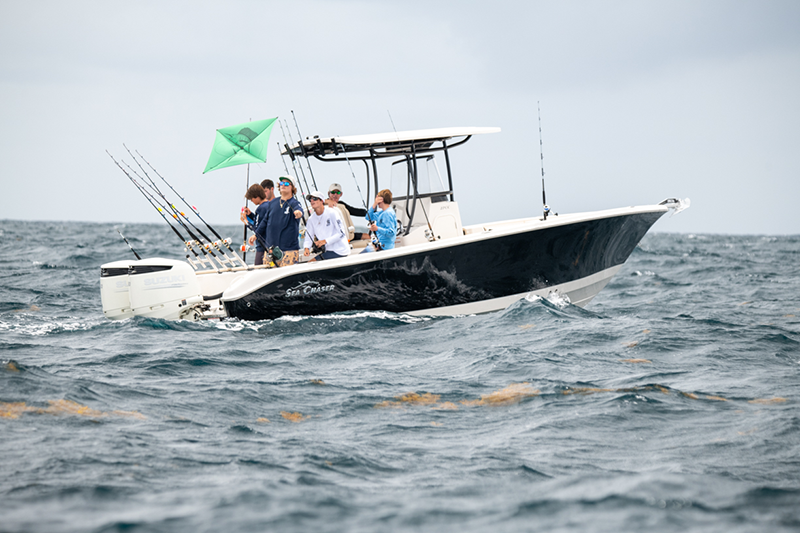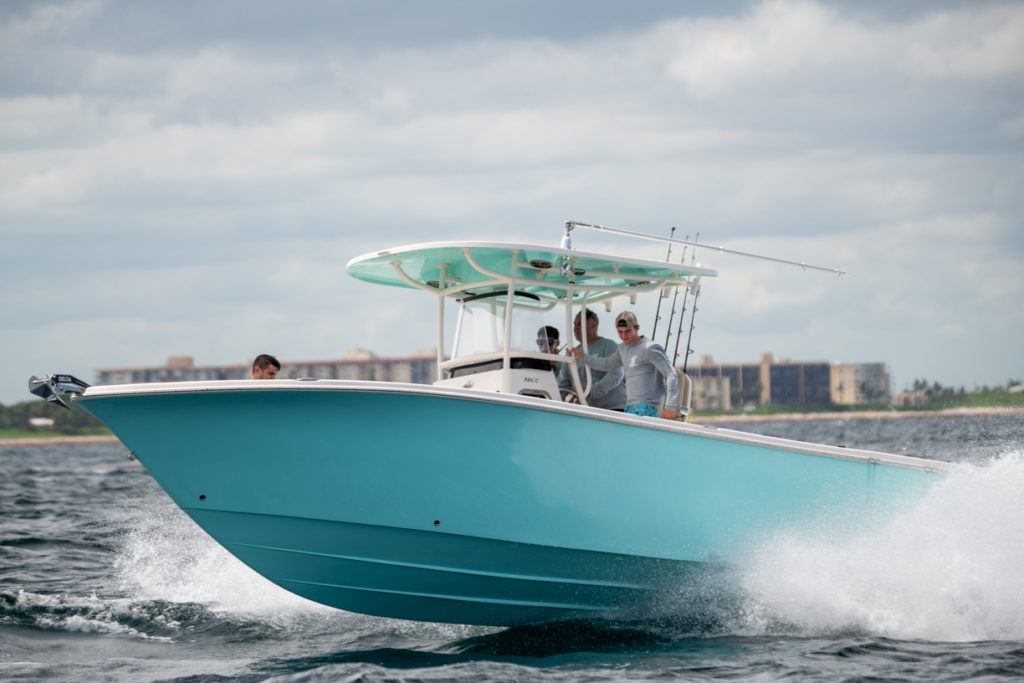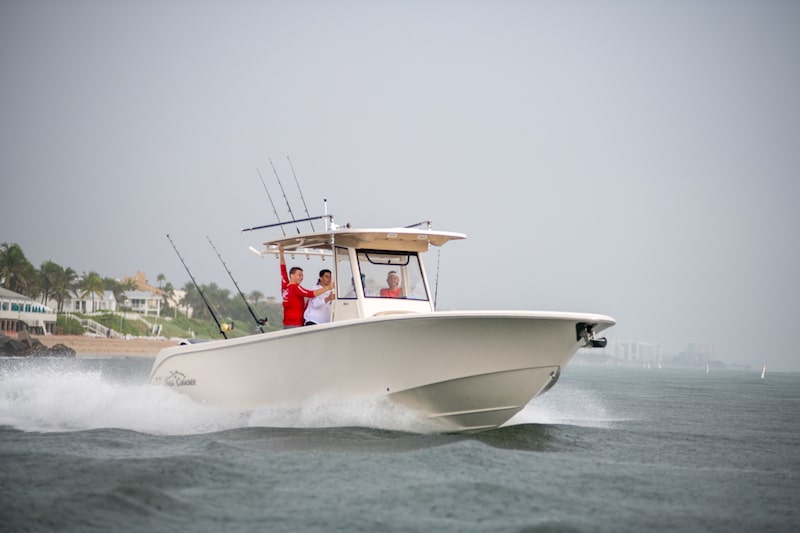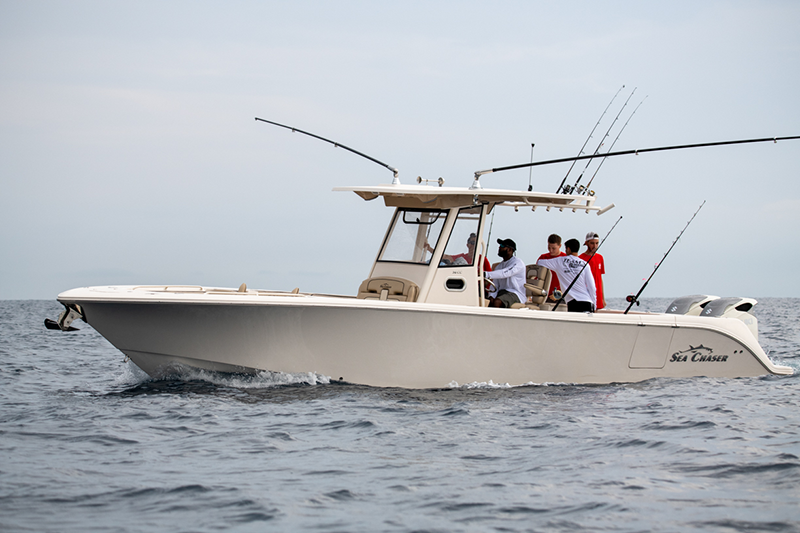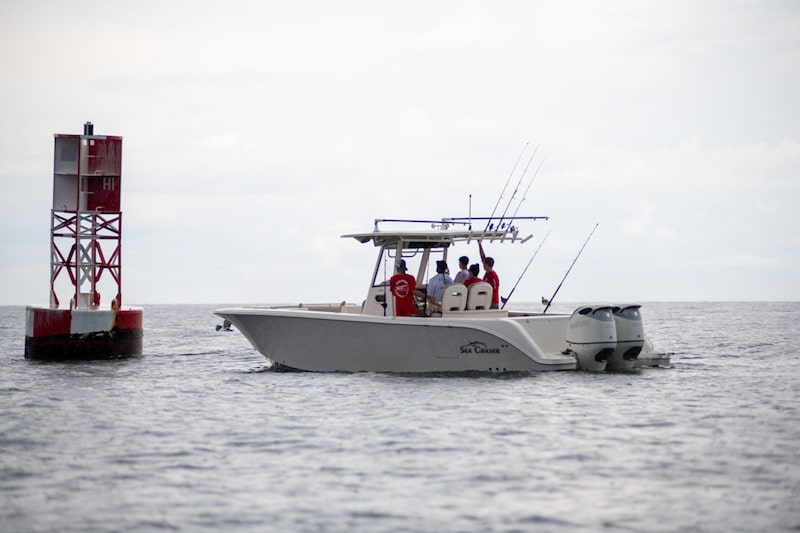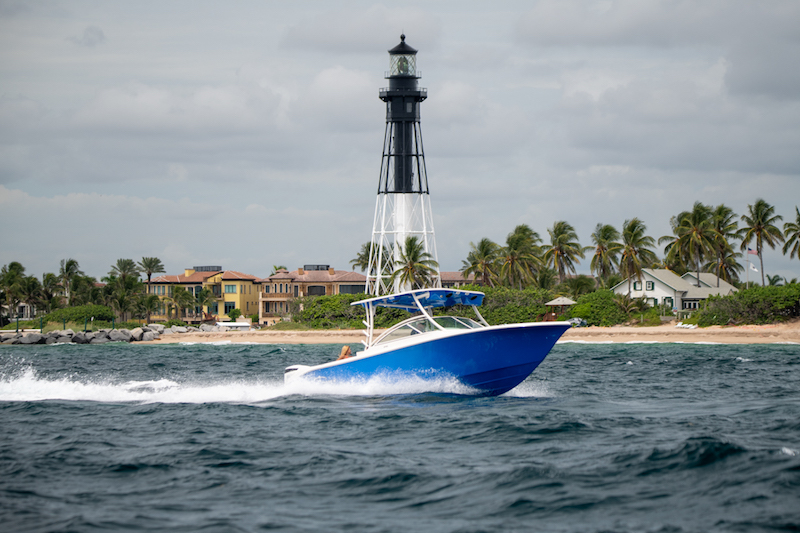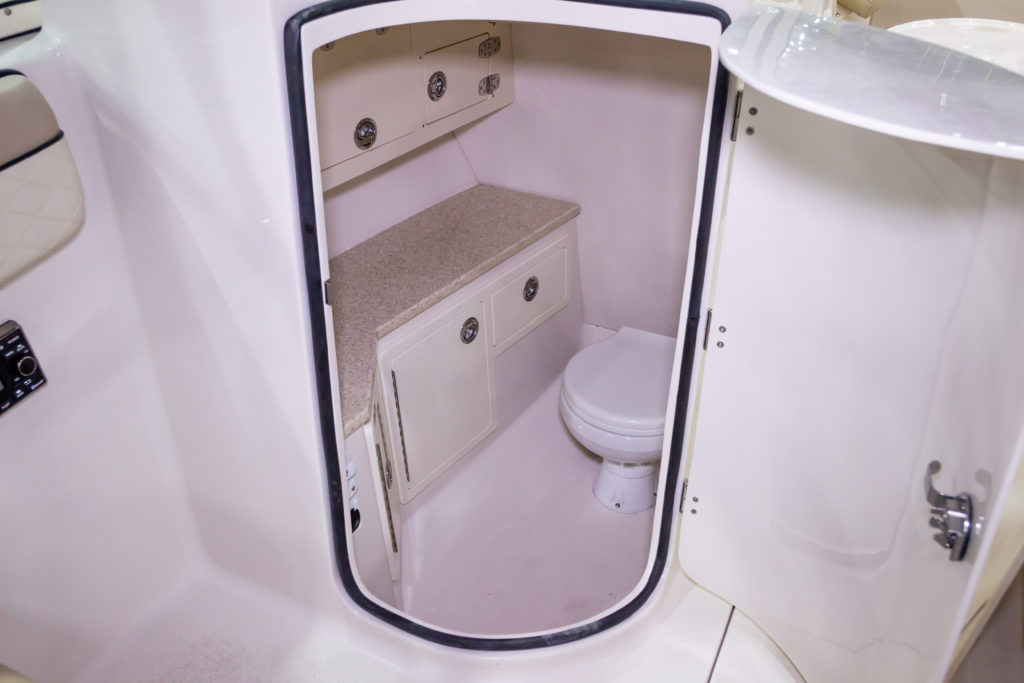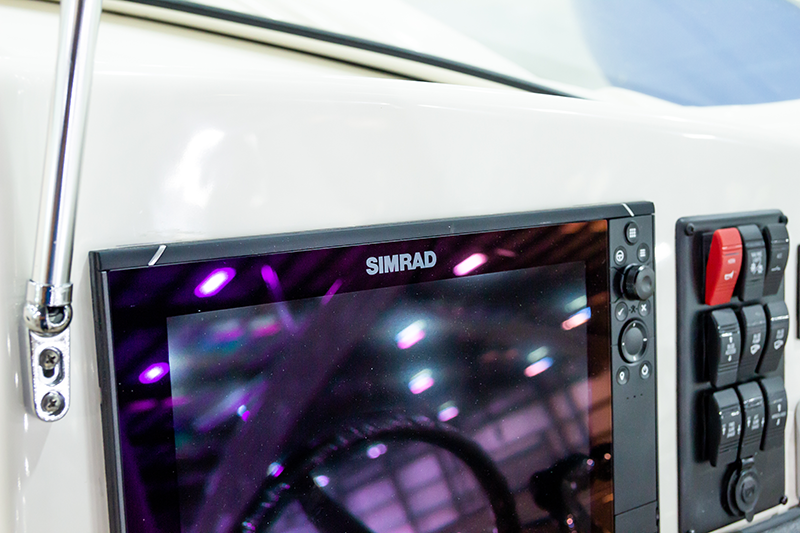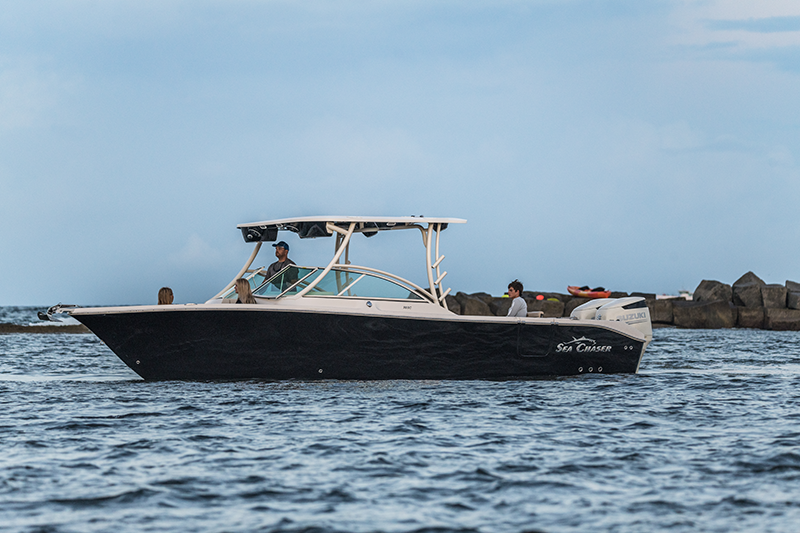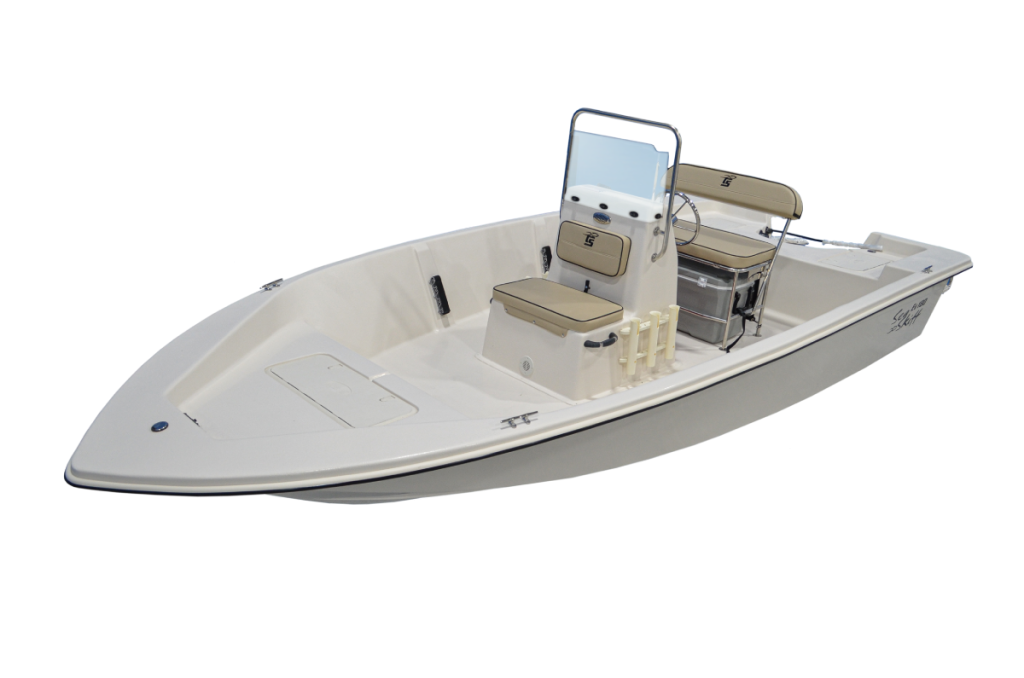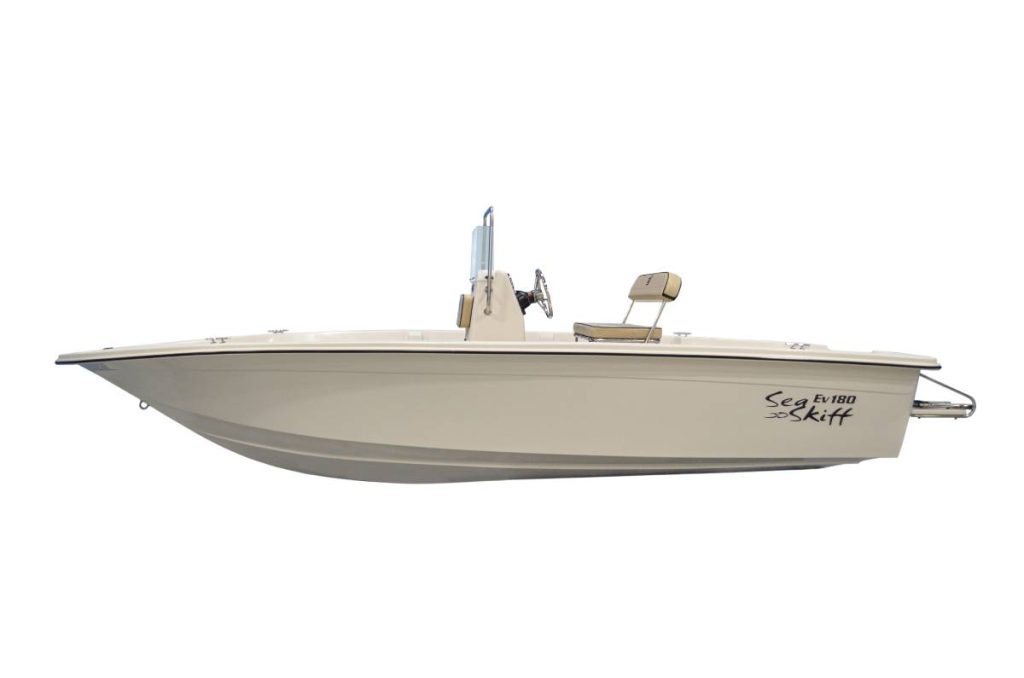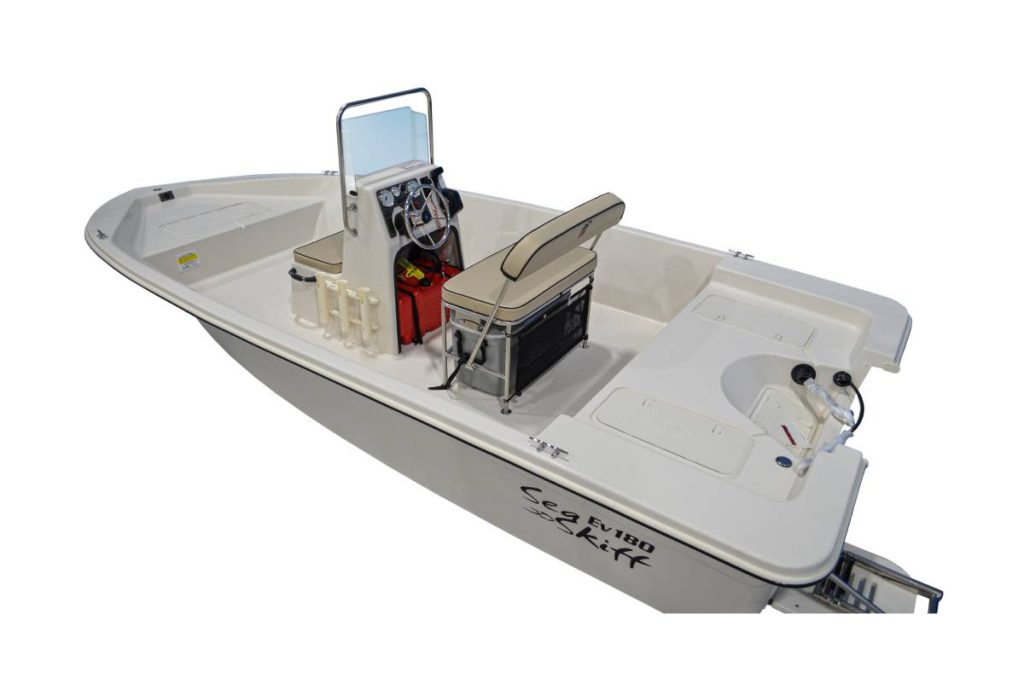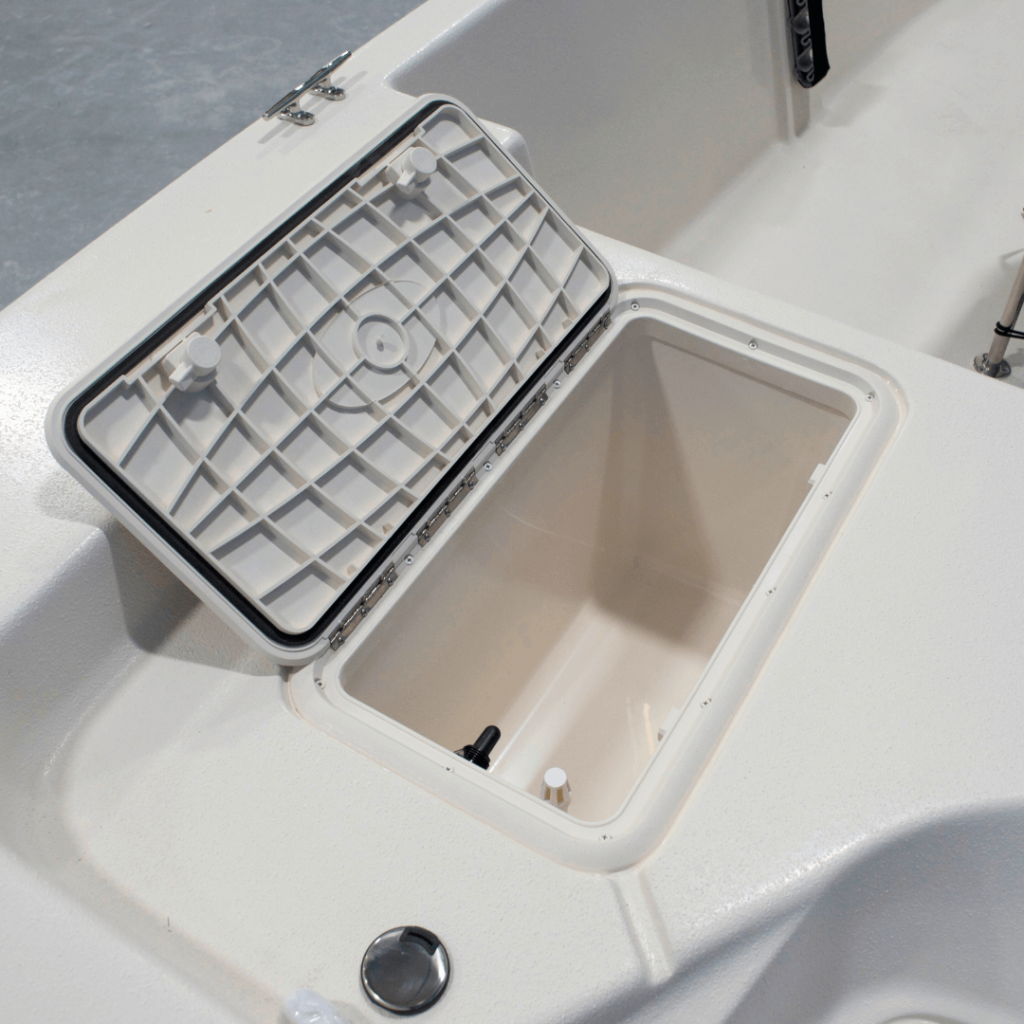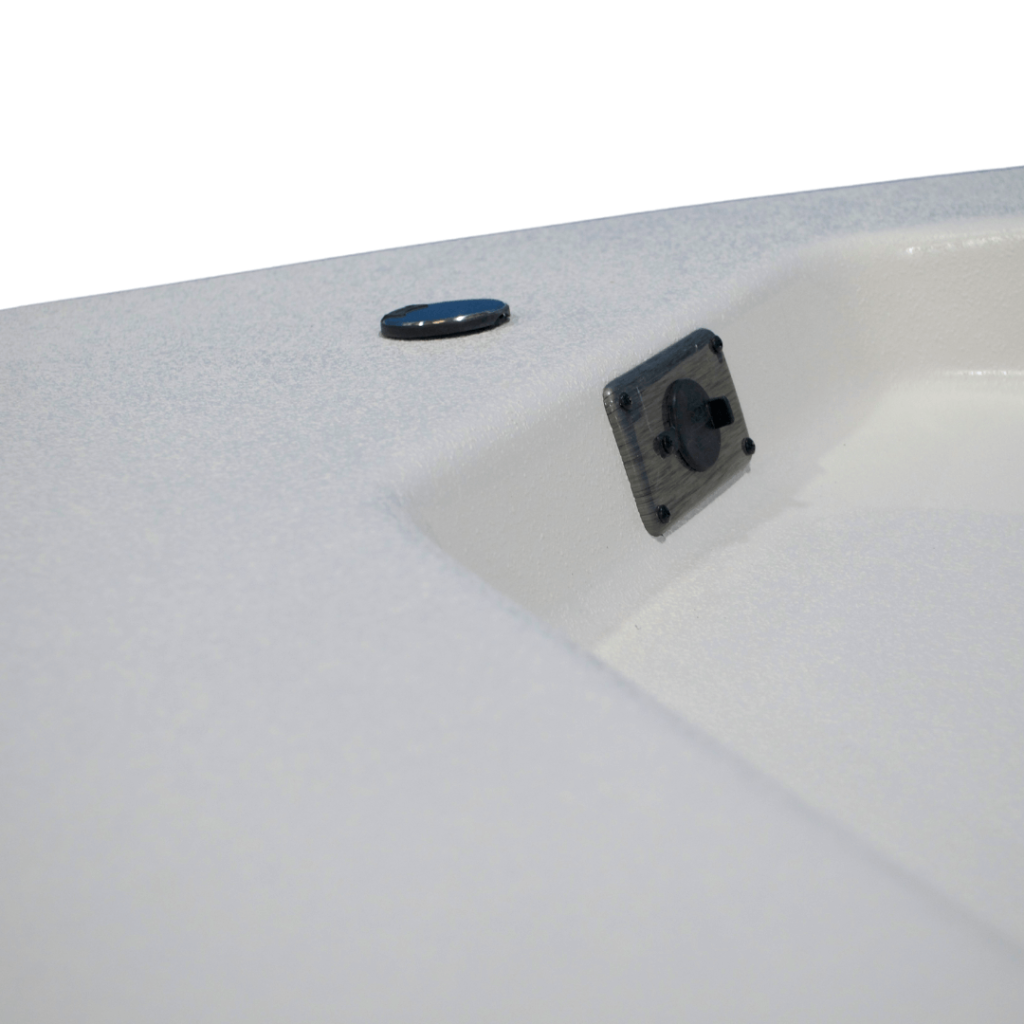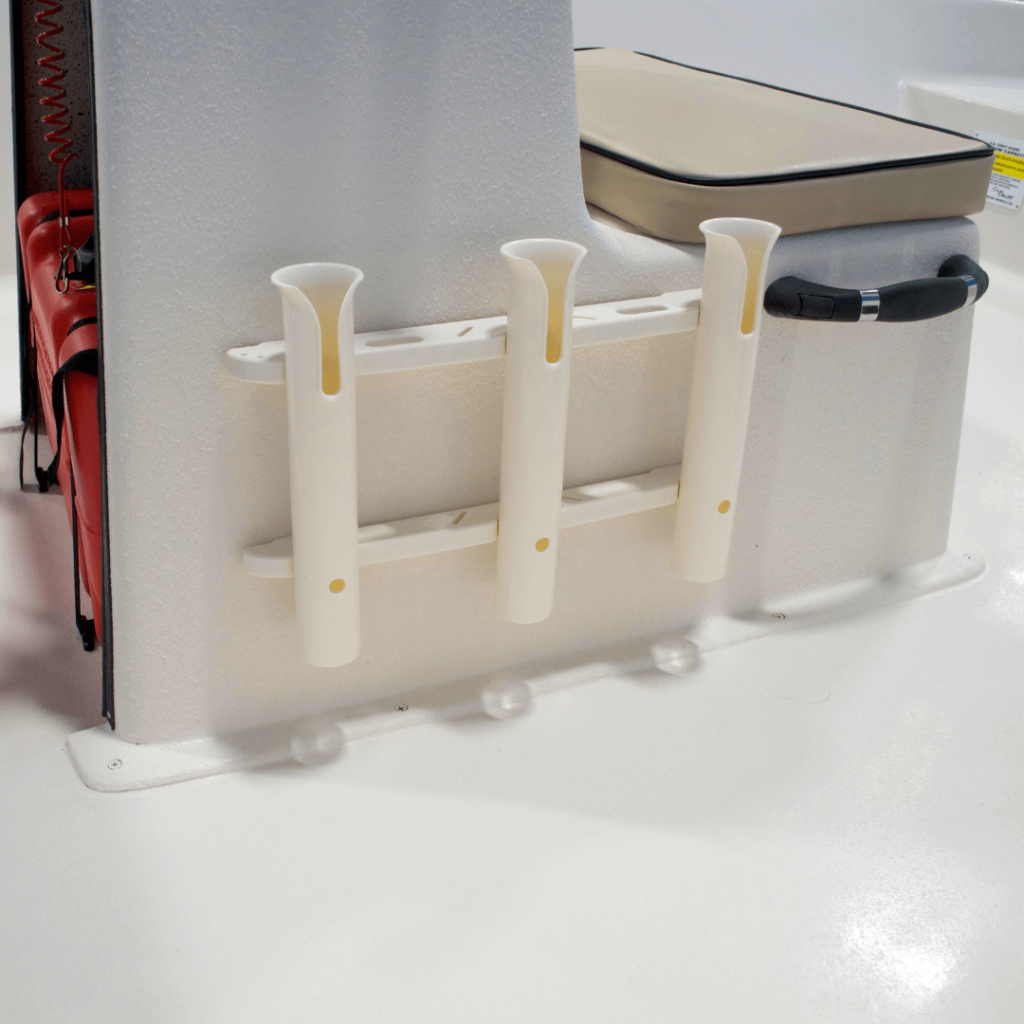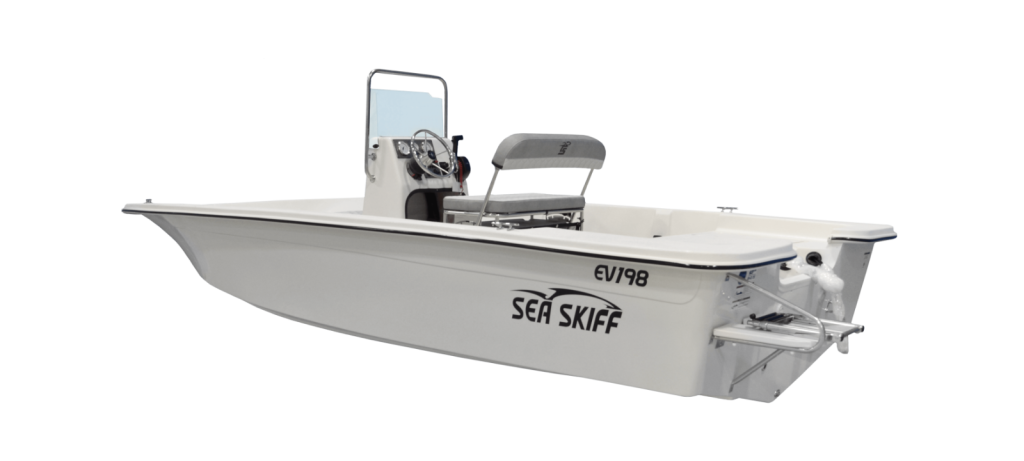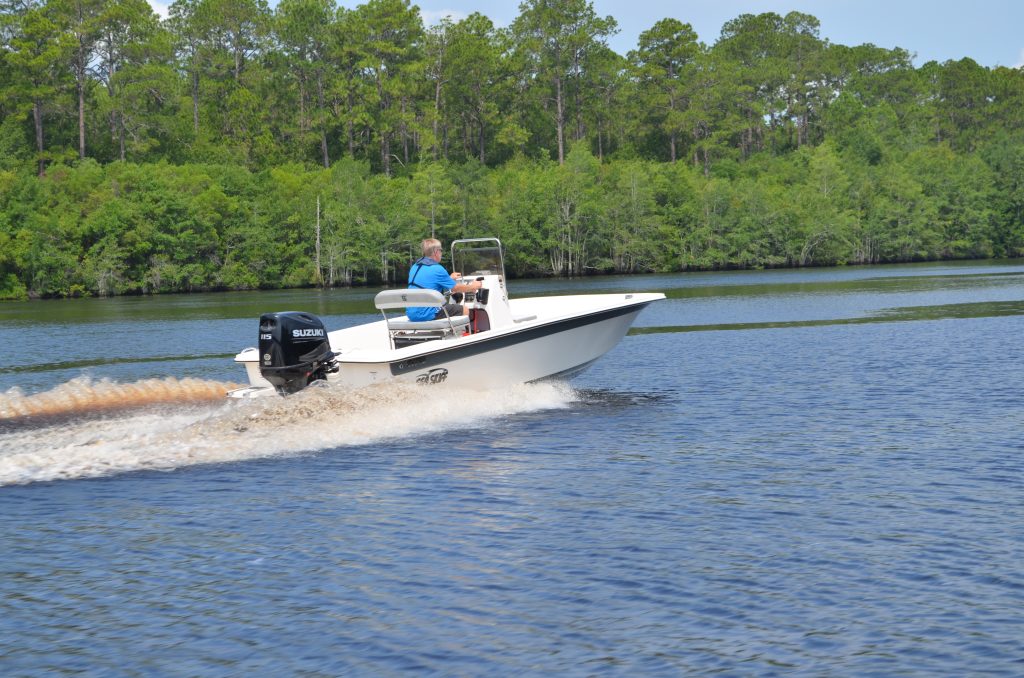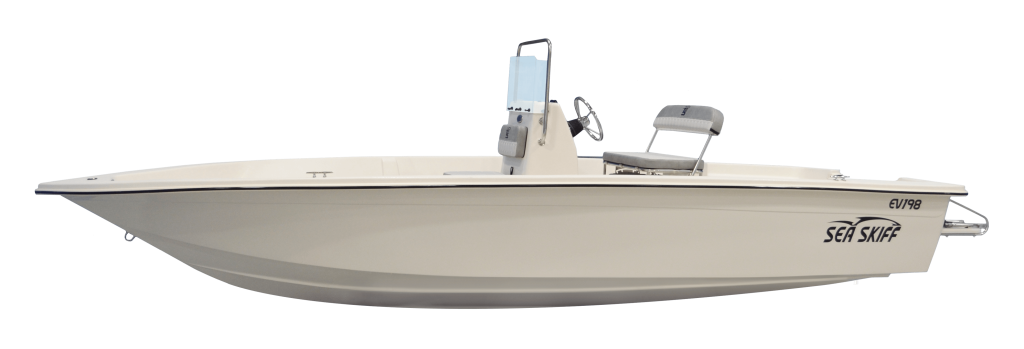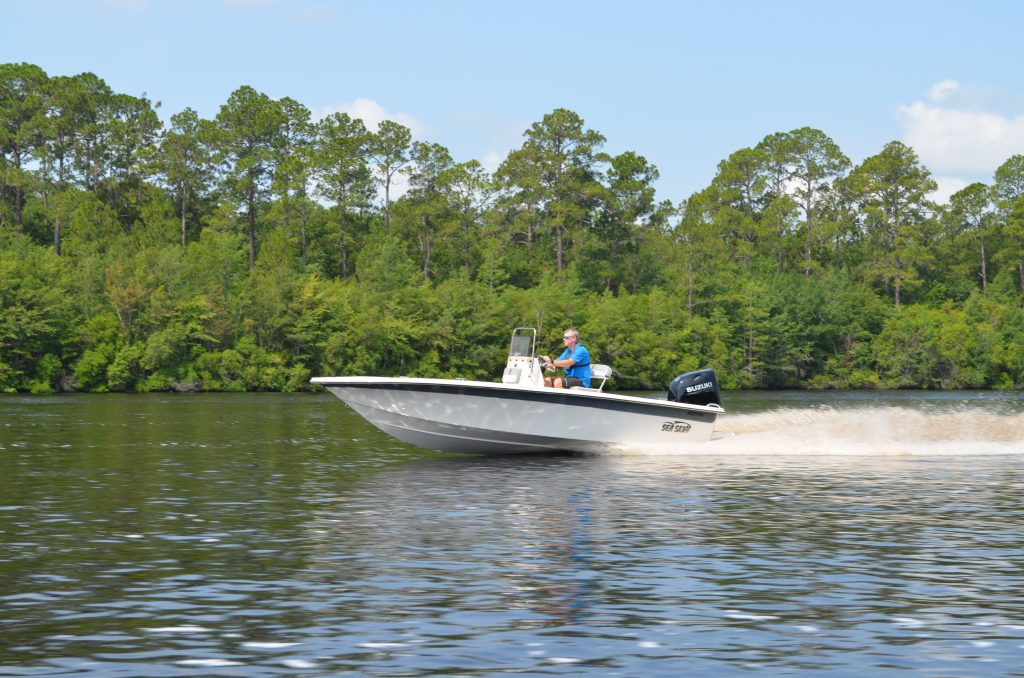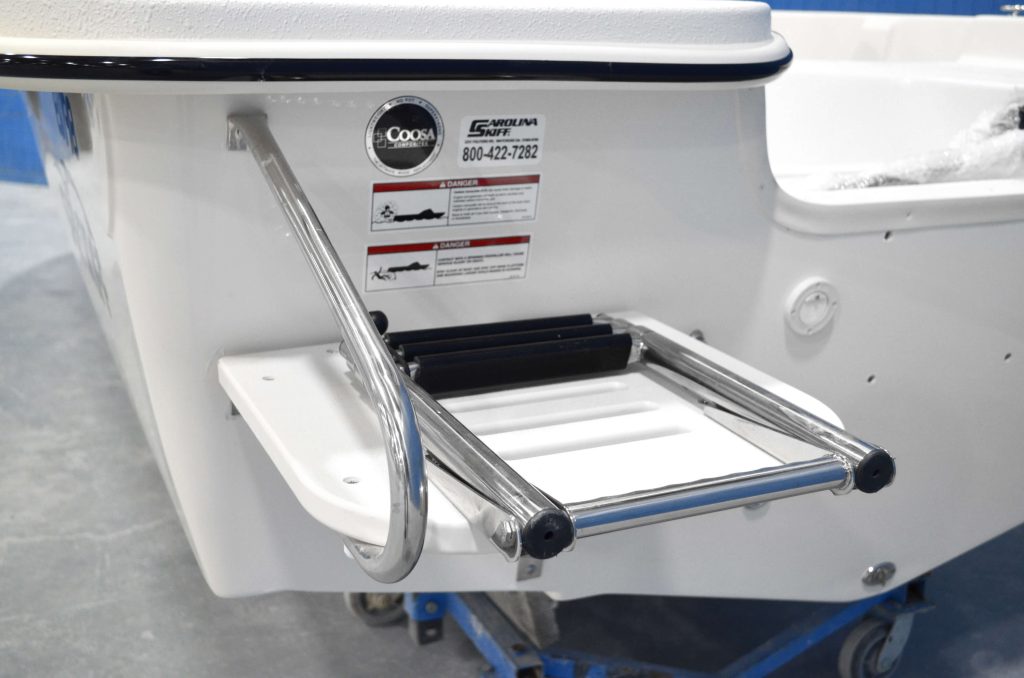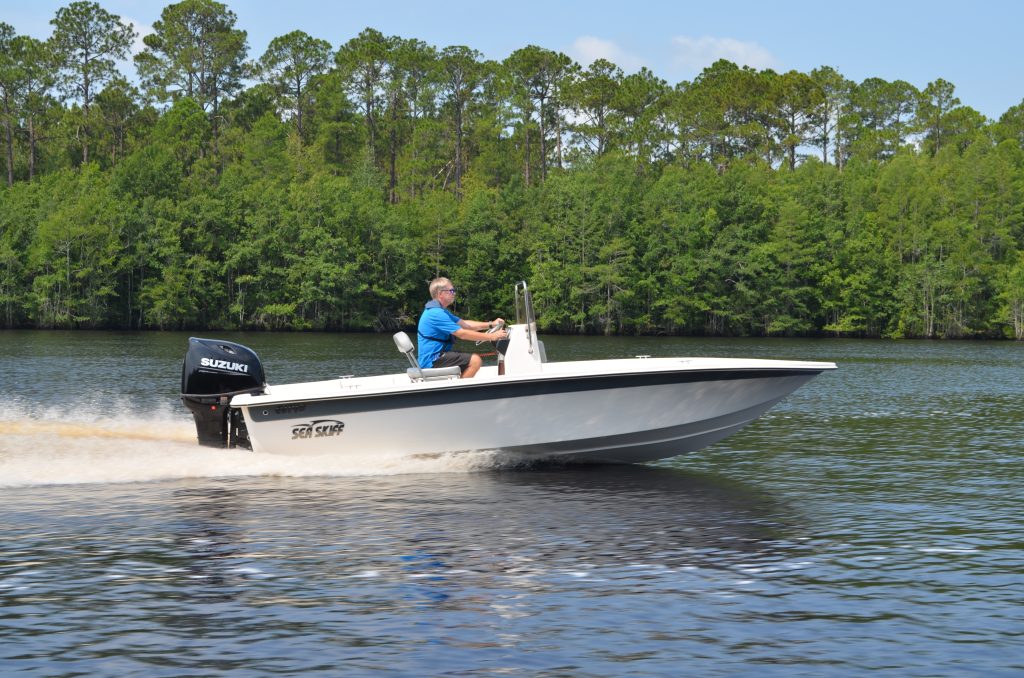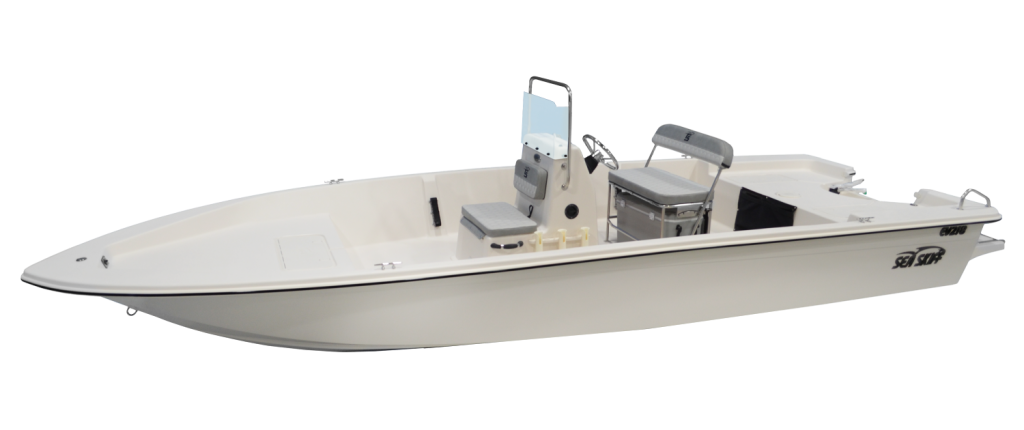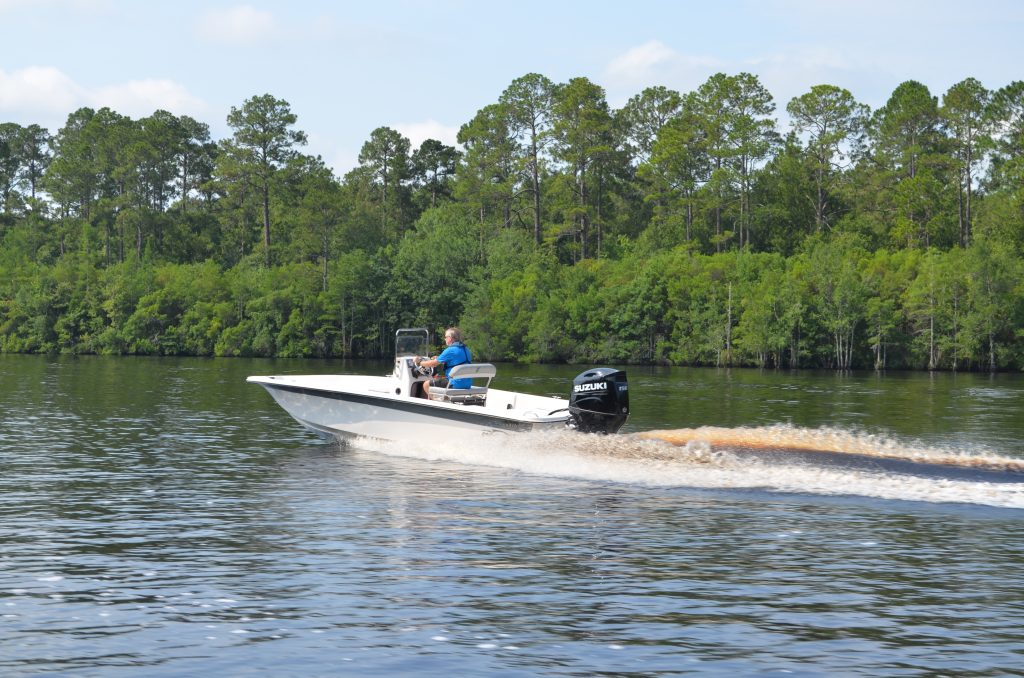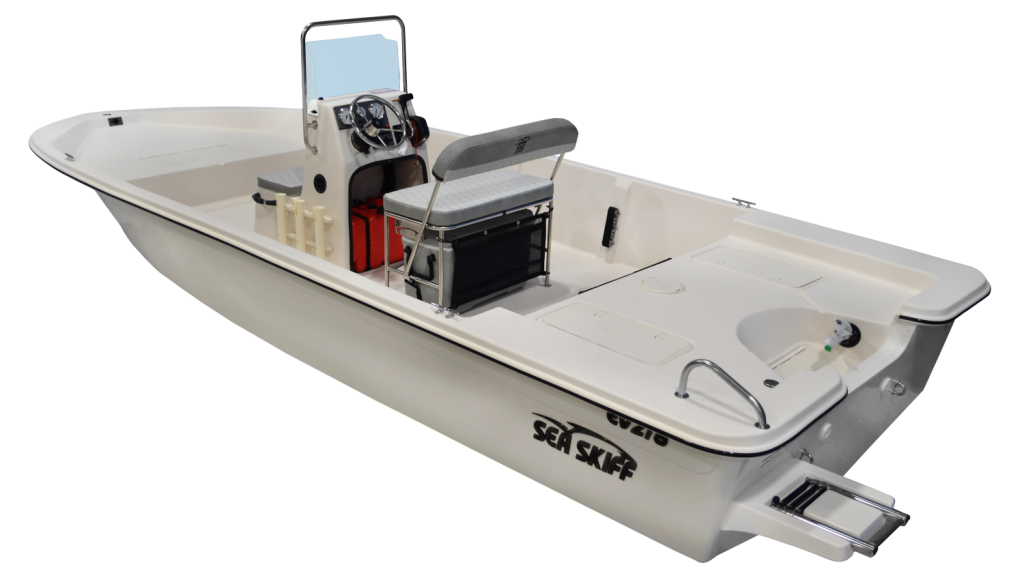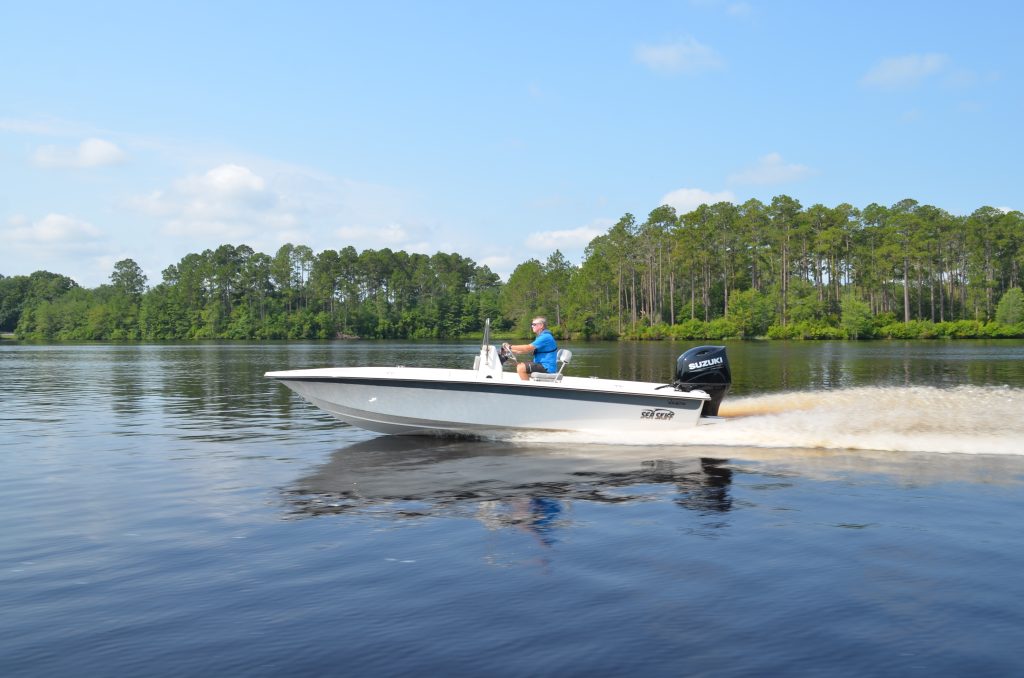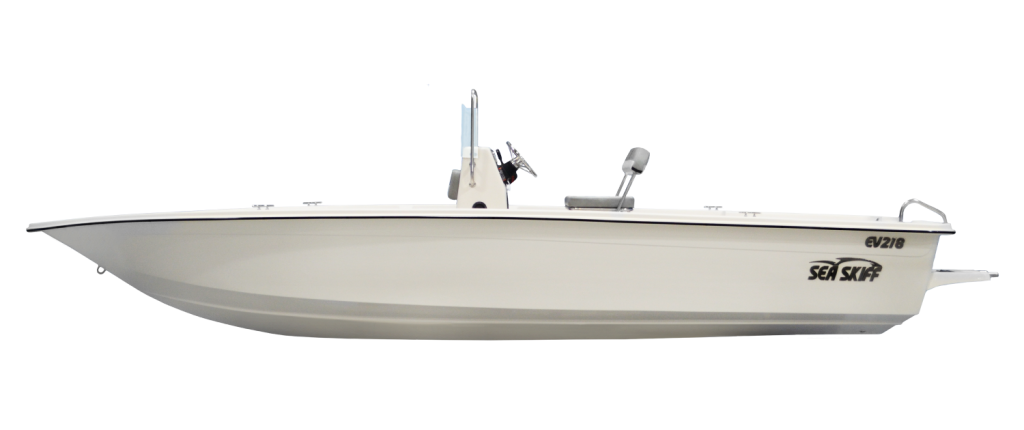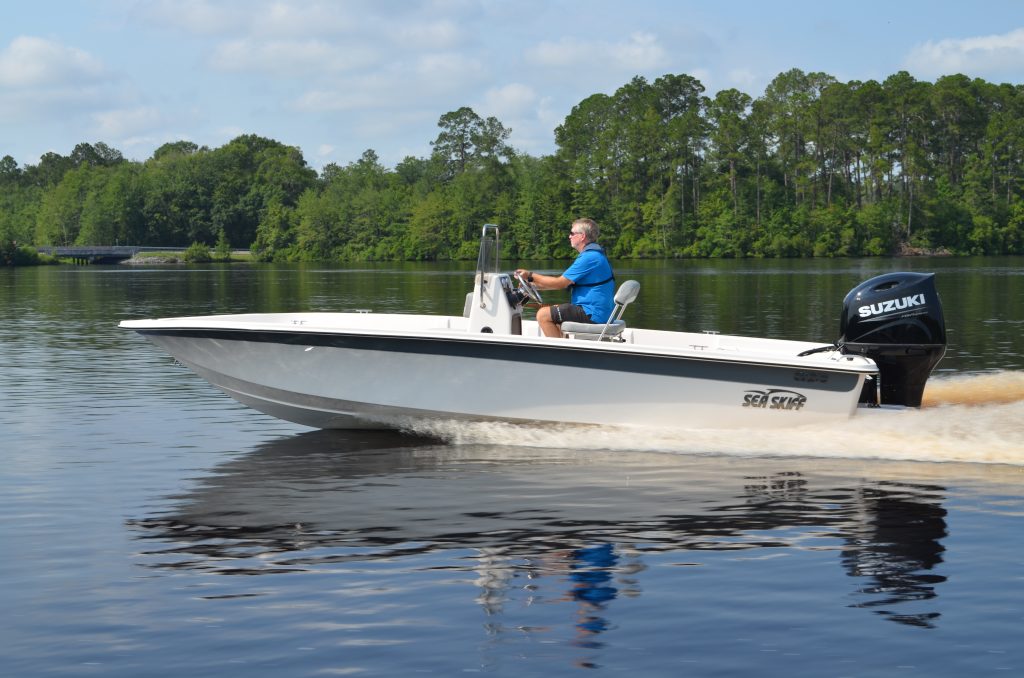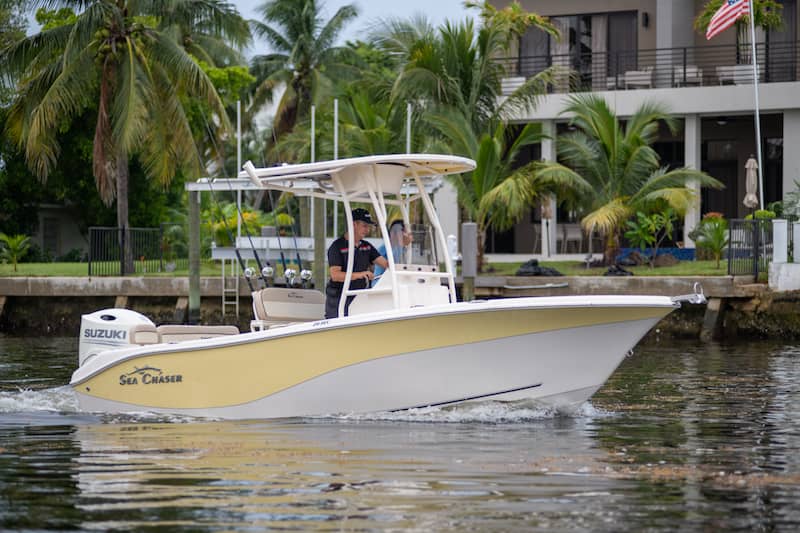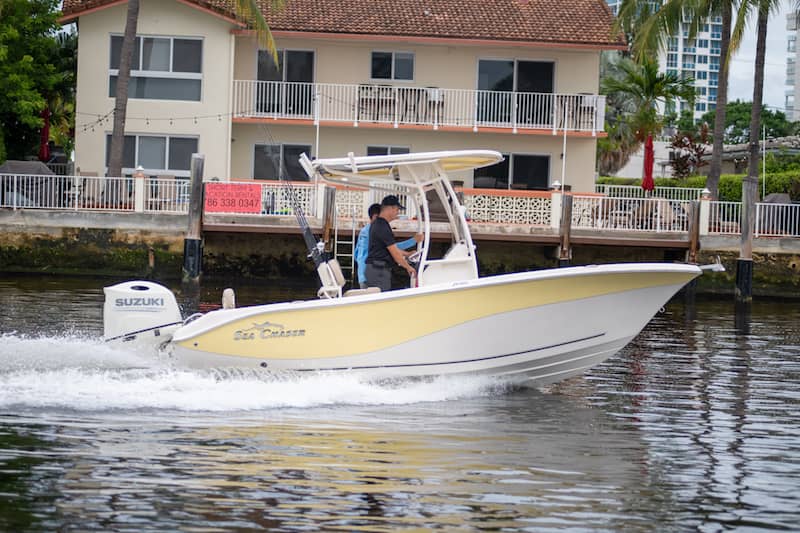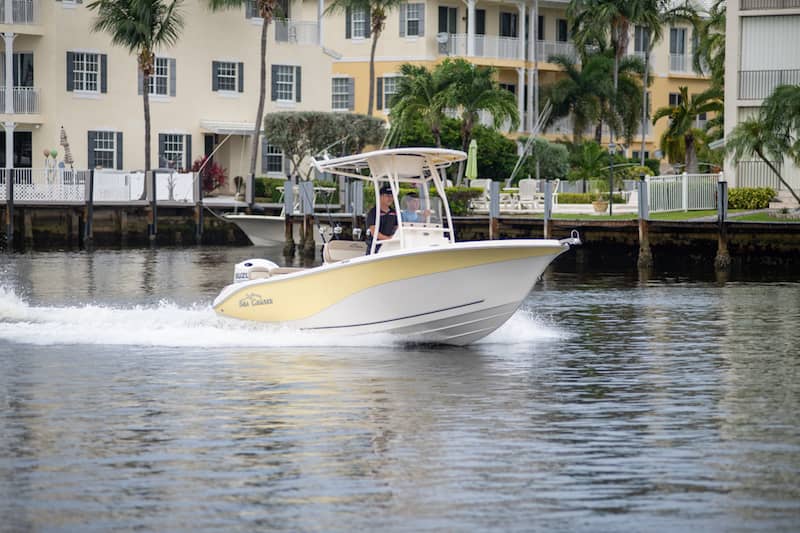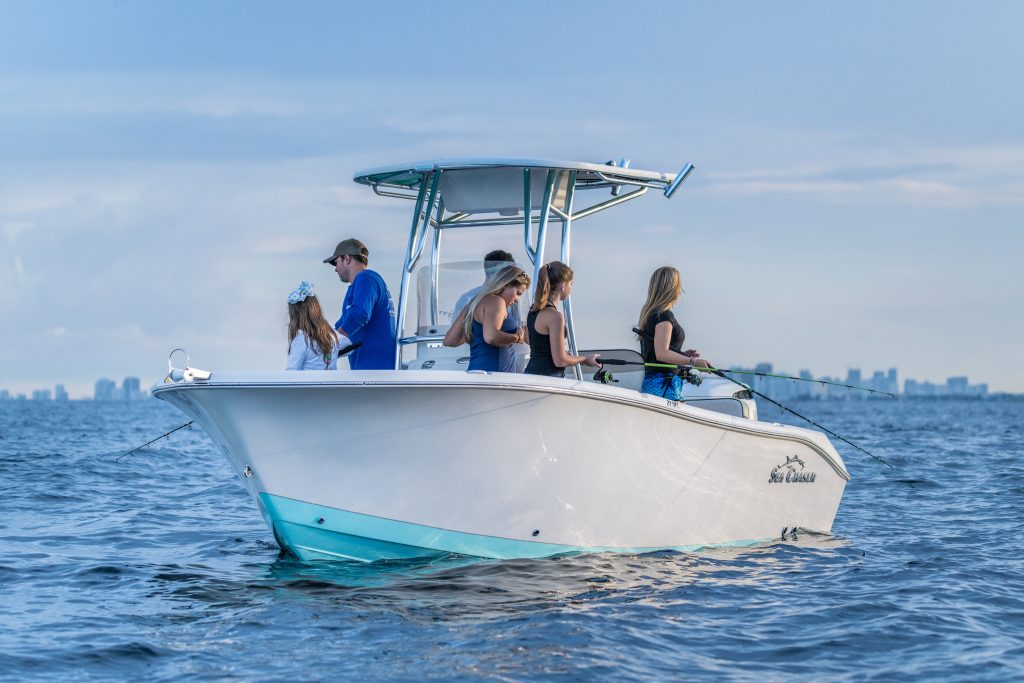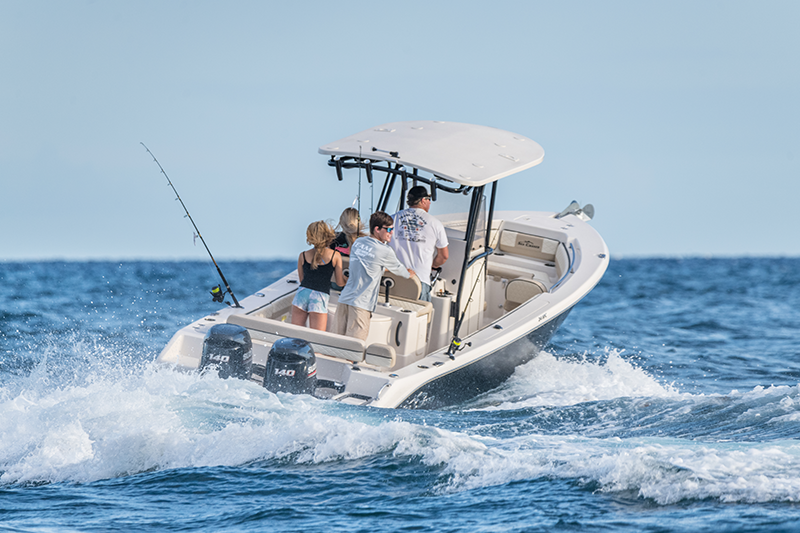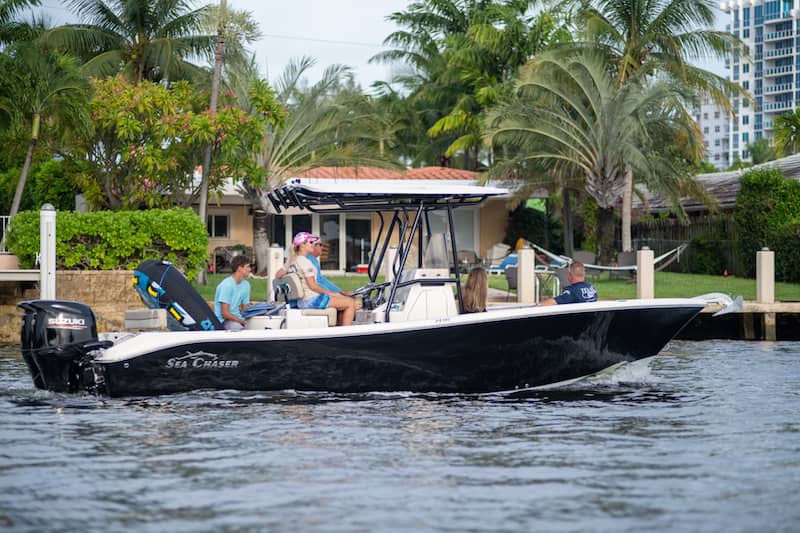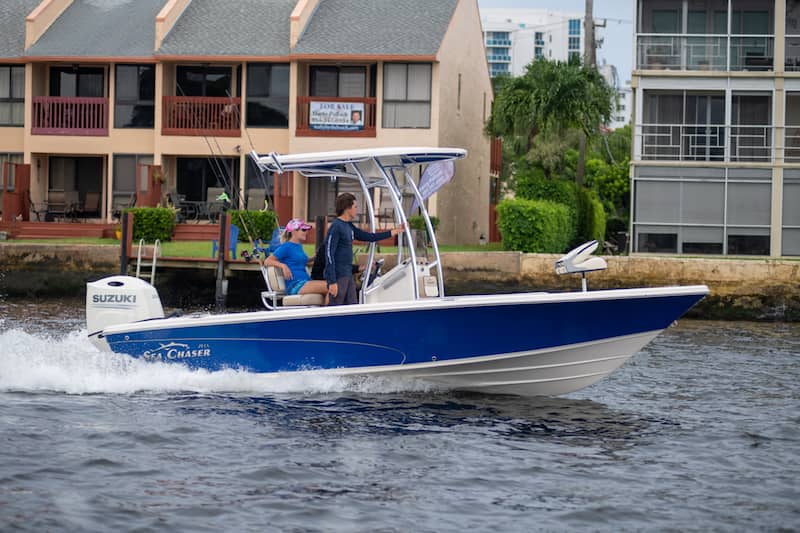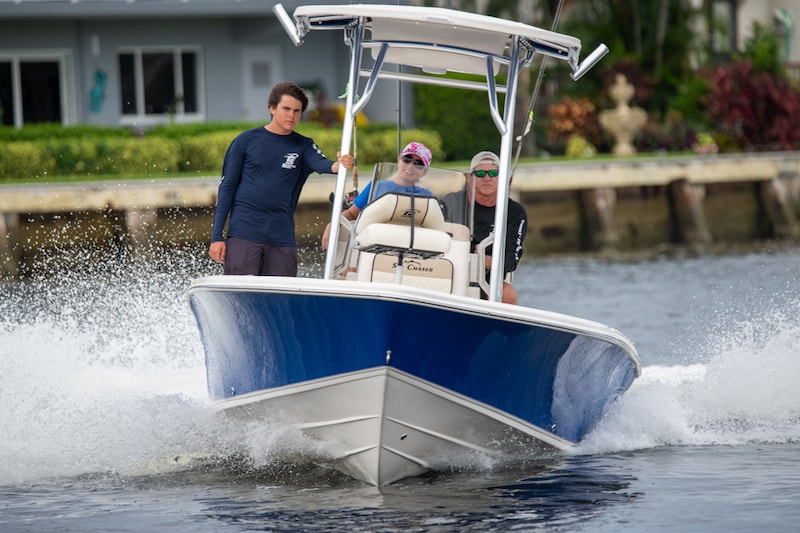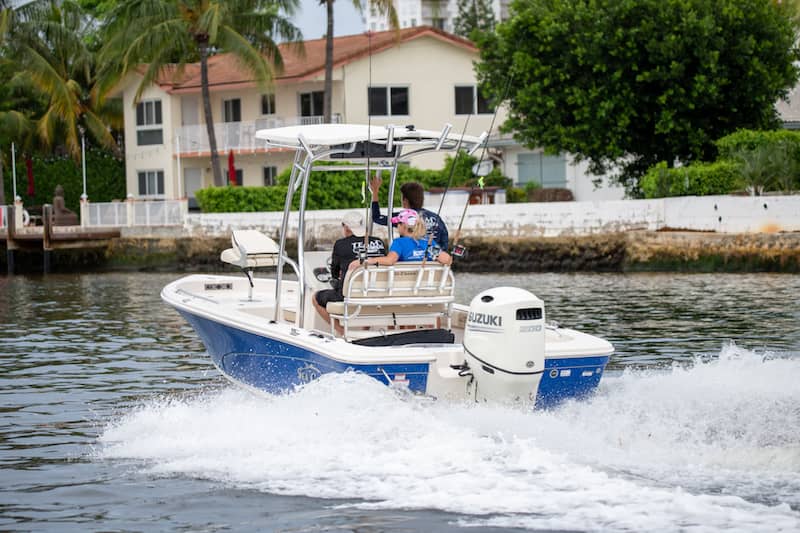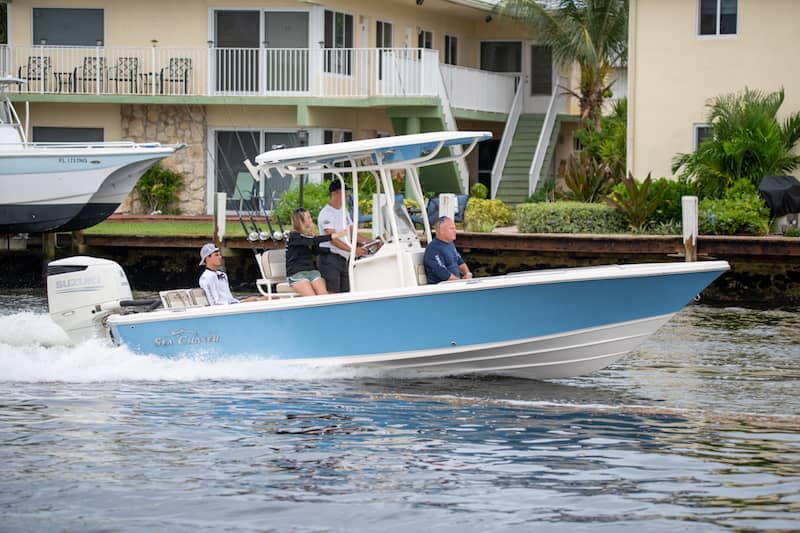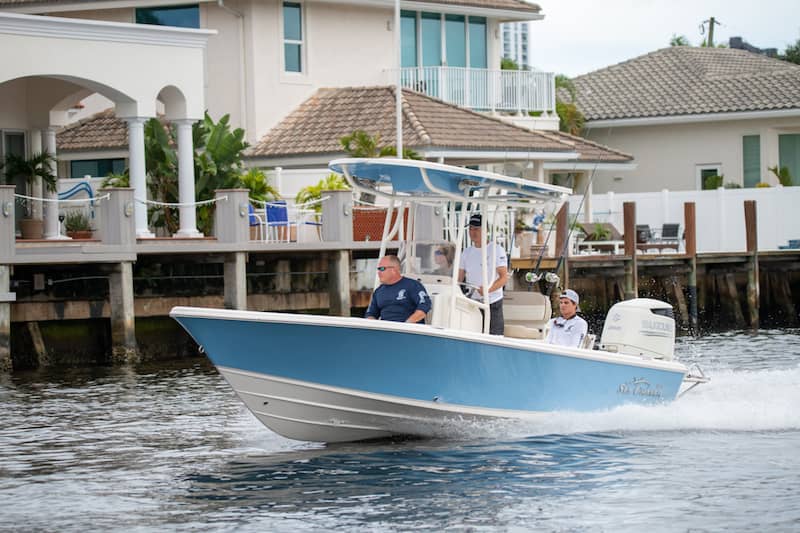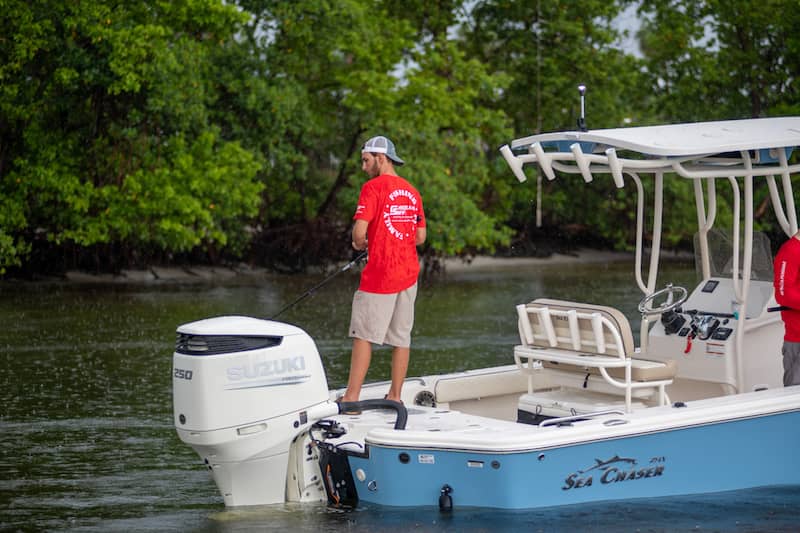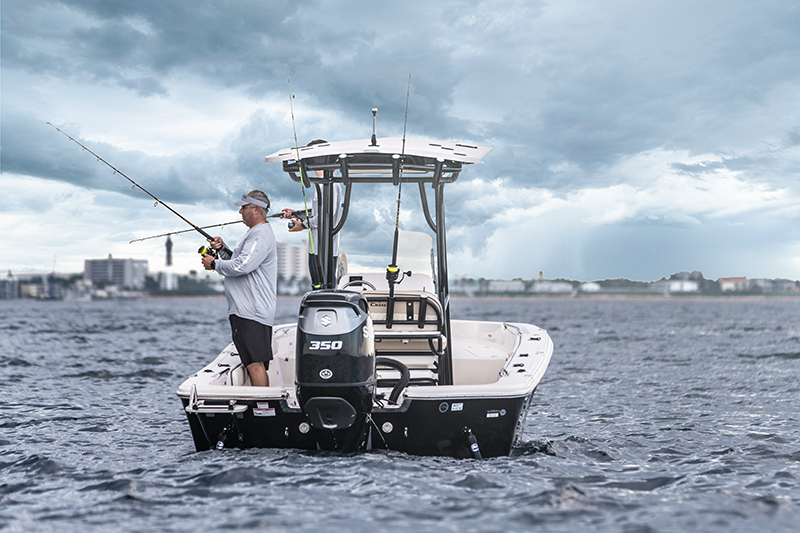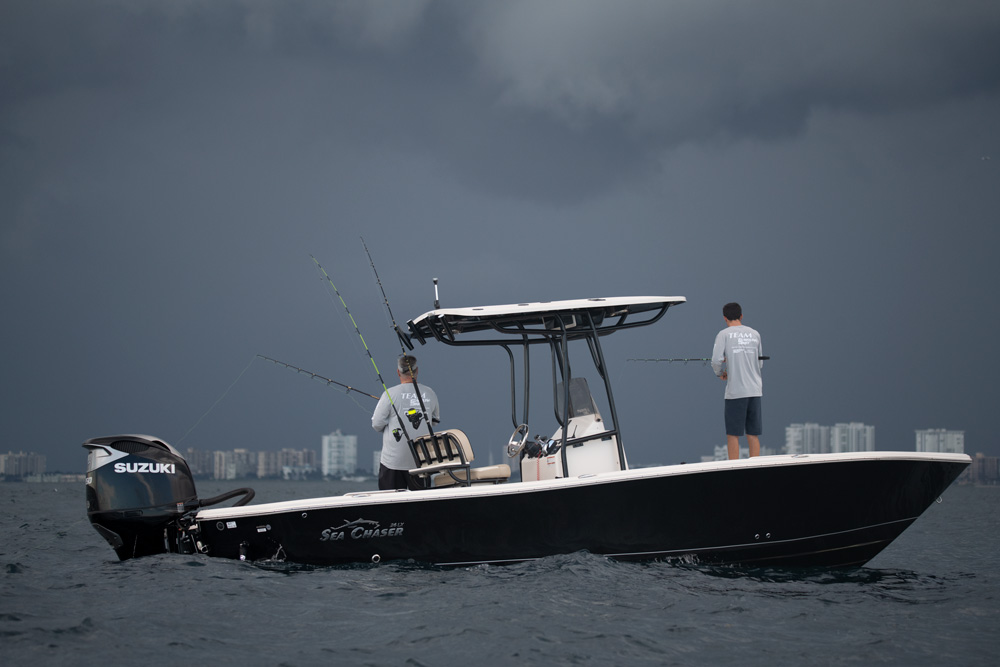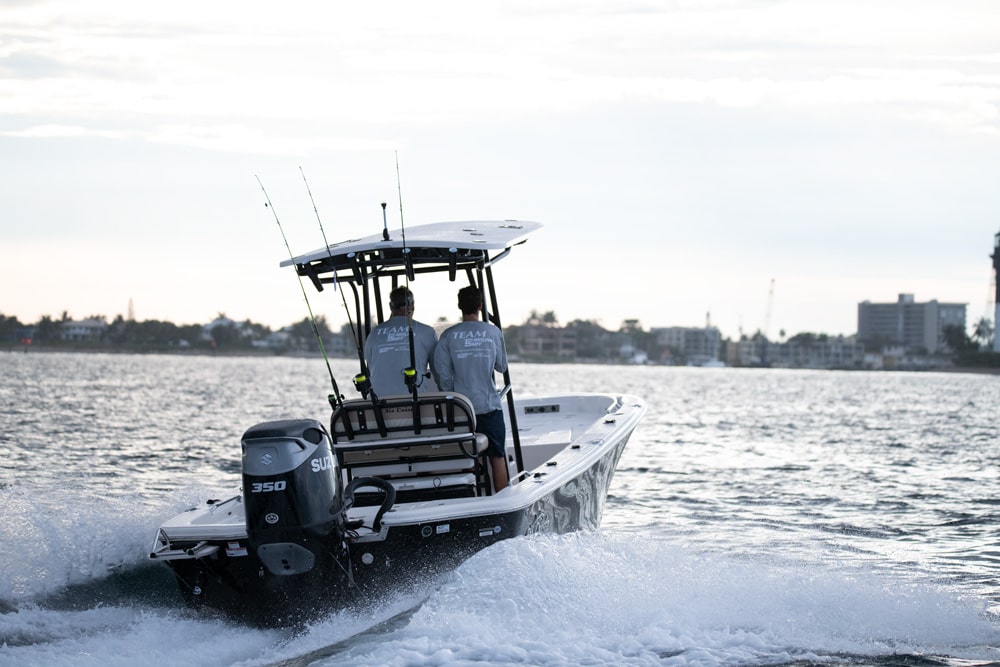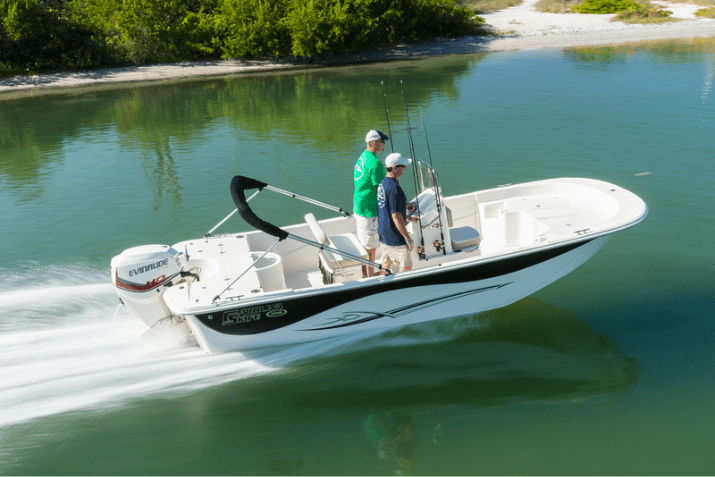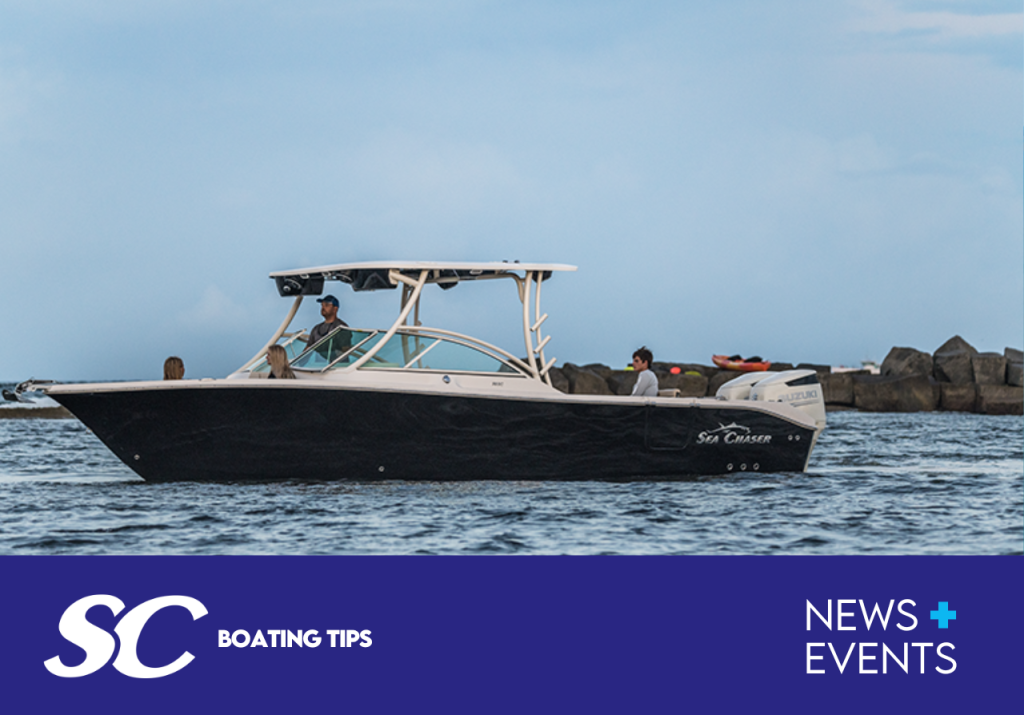Boating is a combination of thrill and skill. While the open waters offer an exciting escape, the real test of a captain’s prowess lies in boat maneuvering.
This can be especially difficult when it comes to docking the boat or turning around in tight spaces. This guide will take you through some basic boat maneuvering techniques to help you prepare for the upcoming boating season!
Docking into a Boat Slip
Docking your boat into a slip can be tricky, especially in crowded marinas. Some marinas prefer you back into a slip, while some don’t—be sure to check with your local marina’s regulations on that.
The basic back-in-the-slip maneuver allows you to dock your boat safely and accurately. Here’s an overview of how to go about it:
- Approaching the Slip: Begin by approaching the slip slowly, keeping your boat parallel to the dock. The speed is crucial here – maintaining a slow pace gives you more control and time to make necessary adjustments.
- Positioning for the Maneuver: Once close enough to the slip and properly aligned, shift your boat into reverse. The distance needed can vary based on the size of your boat and the specific docking conditions.
- Guiding the Boat: Use your rudder to guide the stern of your boat into the slip. Remember, your rudder controls the boat’s direction, so gradual adjustments can help keep you on course.
- Slowing Down: As your boat enters the slip, continue to maintain a slow speed. This allows you to correct your course if needed and prevents collisions with the dock.
- Securing the Boat: Once fully in the slip, secure your boat with the appropriate lines. Make sure the lines are tied securely to both your boat and the dock to prevent any drifting.
The Pivot Turn
The pivot turn or the back and fill maneuver is particularly useful when you need to turn your boat around in a tight channel. Ultimately, this maneuver involves alternating between forward and reverse gears while turning the wheel.
Here’s a step-by-step guide:
- Position Your Boat: Begin at idle speed on the side of the channel to give you the most space to maneuver. This will depend on whether your boat has a right-hand or left-hand propeller.
- Initiate the Turn: Turn the rudder hard in the direction you want to move the bow. This action starts moving the bow of the boat.
- Shift to Reverse: As the bow starts to turn, shift to reverse. This initiates the ‘prop walk,’ where the stern of the boat starts moving in the opposite direction due to the propeller’s rotational force.
- Inspect Momentum: After a few moments in reverse, see what’s up with your momentum. If your boat has stopped moving forward, shift back to forward gear.
- Let the Momentum Do the Work: At this point, the bow’s forward movement will continue to rotate the boat around its pivot point. Allow this momentum to carry the boat further into the turn.
- Complete the Turn: Shift back to reverse one more time. This action completes the turn by pulling the stern around.
The steps outlined for both of the techniques above are for ideal days on the water. Of course, depending on the circumstances, it could take multiple tries to dock or pivot turn. But don’t worry! Practice makes perfect. And remember, nobody is there to judge you. That’s simply not the vibe of the Sea Chaser lifestyle.
Closing Pro Tips for Boat Maneuvering
- Observe your boat’s drift before docking.
- Be cautious of lines in strong currents while docking.
- Use technology to lend a helping hand! Many Sea Chase center consoles have enough room for two 12-inch monitors that could aid the nav and docking process.
At Sea Chaser, our goal has always been to build the best quality boats for a great price. Whether you’re looking for a pleasure boat, fishing boat, runabout, or commercial/work boat, Sea Chaser delivers the most in value, quality, and style. Find a Sea Chaser dealer near you today, or visit our website to learn more.





